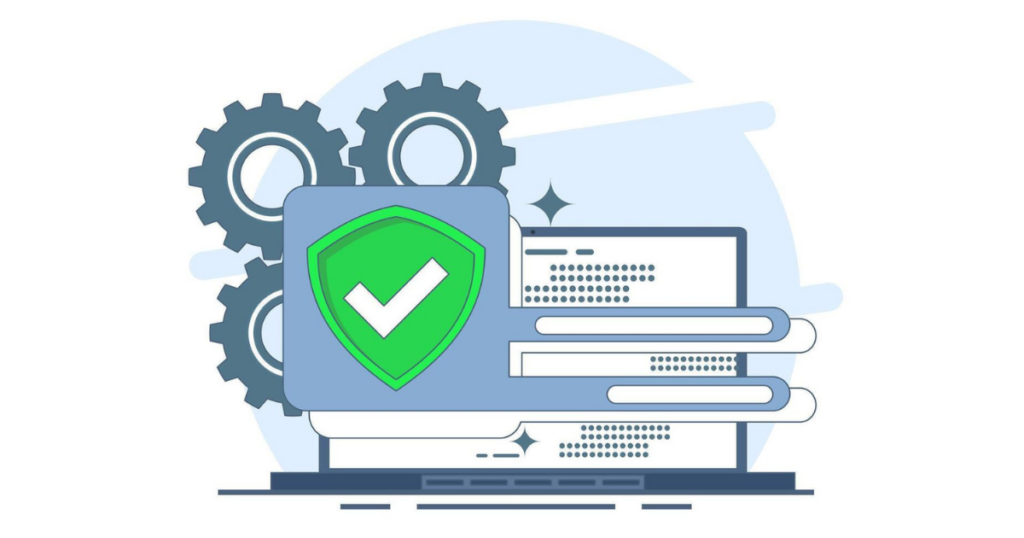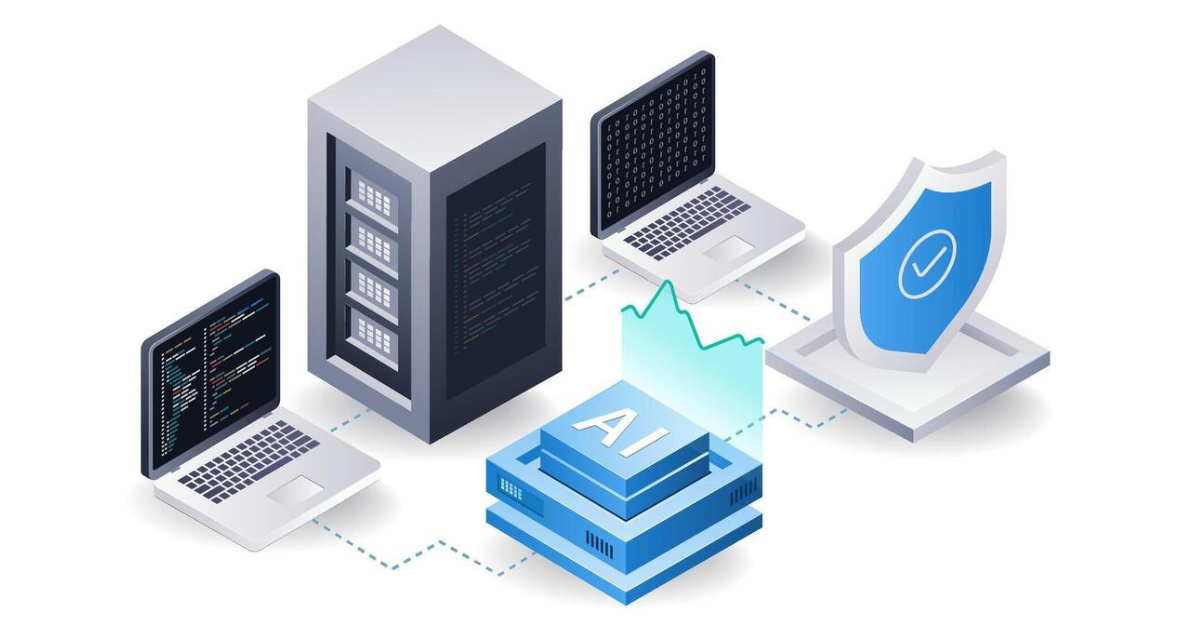As cyber attacks evolve into increasingly complex attacks, organizations must prioritize software system security testing more than ever to protect applications, data, and users from harm.
Traditional security testing methods often struggle to keep pace with an ever-shifting threat landscape - this is why AI-enhanced security testing offers advanced features like automated vulnerability scanning, real-time threat detection and quicker responses for potential risks.
This blog explores the significance of security testing, how AI-enhanced security practices could enhance them further and the future prospects for protecting software through AI insights.
The Importance of Security Testing

Software security testing entails identifying vulnerabilities and weaknesses within software systems to identify threats of any potential harm or unauthorised access or breaches that might compromise them.
Providing organizations with increased protection from unwelcome unauthorized access, data breaches or any malicious activities that might take place through digital channels that handle confidential information.
As organizations increasingly depend on digital platforms to hold sensitive data securely, demand has spiked for effective testing solutions to safeguard sensitive data in these digital spaces.
Security in Software
With the rapid proliferation of cloud computing, mobile apps, IoT devices and AI-powered applications has come an increase in cybercrime attack surface.
Cybercriminal breaches could potentially cause irreparable financial and reputational harm as well as legal liability issues for companies using these types of products or services.
Here are several key reasons for security testing's necessity in today's environment:
Data Protection:
Software often handles sensitive information like personal details, financial records and business secrets that must remain safe from being exposed by unintended third-parties.
Security testing ensures this sensitive data remains uncompromised by intruding third parties and cannot be accessed without authorization by outside sources.
Compliance Requirements:
Regulatory Standard Compliance Testing: Industries such as healthcare, finance and ecommerce must abide by stringent compliance standards such as GDPR, HIPAA and PCI-DSS for approval purposes.
Regular security testing helps to ensure applications comply with such requirements.
Increased Attack Frequency:
Cyberattacks have become more frequent and sophisticated over the past year; without regular security testing, organizations could fall prey to malware, ransomware, phishing attacks or zero-day exploits that threaten them.
Traditional security testing typically entails manual processes, static scans and reactive responses which are time and resource intensive - this is where AI-enhanced security testing provides significant advantages over its manual counterparts.
AI and Security Testing
AI has revolutionized security testing through automation, machine learning, and data-driven insights.
AI's unique combination of automation, machine learning, and insights enables it to rapidly detect vulnerabilities faster, anticipate potential threats more accurately, and take preventive steps against risks proactively.
Let's examine some ways AI enhances security testing:
Automated Vulnerability Scanning
AI is one of the most valuable assets when applied to security testing: automated vulnerability scanning.
Traditional methods rely on manual checks or predefined scripts that scan software manually for security vulnerabilities - something AI automates more efficiently, making this process faster, more accurate, and scalable than its manual equivalents.
Here's how AI-powered vulnerability scanning works:
Continuous Scanning:
AI systems can conduct continuous software scanning rather than performing regular reviews at fixed intervals, to make sure any new code deployment, update, or change is quickly evaluated for vulnerabilities and quickly fixed in real-time by AI systems running in the background - providing more agility than manual testing can ever offer.
Pattern Recognition:
AI algorithms excel at recognizing patterns and anomalies within large amounts of data, such as network traffic, application behavior or vulnerabilities that could indicate potential security threats.
They can examine massive volumes of network traffic or application behavior data and scan past vulnerabilities for signs that an attack has taken place - something machine learning algorithms cannot do effectively.
Prioritization of Vulnerabilities:
Not all vulnerabilities pose equal levels of risk. Artificial intelligence systems can prioritize vulnerabilities based on severity, likelihood of exploit and impact potential to allow security teams to focus their attention on fixing those most critical to reduce exposure time to threats.
AI can dramatically cut down the time and effort necessary to identify potential security threats while making sure none go undetected.
Real-Time Threat Detection and Analysis
AI-powered security testing offers another significant benefit of real-time threat detection and analysis: its ability to quickly spot threats as soon as they appear.
Unlike more traditional testing techniques which often entail retrospective analyses - meaning security teams only investigate breaches after they occur, leaving software vulnerable for longer. This reactive approach leaves software open to attacks for longer.
AI-powered systems, however, can quickly identify and respond to threats as they emerge - providing real-time protection for software apps.
AI can assist real-time threat detection:
Behavior Monitoring:
AI systems can monitor users, applications and network traffic in real-time to detect any unusual patterns of behavior (for instance an unauthorised individual attempting to gain access to sensitive data or an unusual spike in traffic from an IP address that's suspicious) which require further investigation or automatic blocking by AI systems.
If they identify anything out-of-the-ordinary occurring- for instance an attempt by someone not authorized gaining entry or suspicious traffic patterns originating from suspicious IPs- then an alert may be generated or even block it altogether by AI systems.
Threat Intelligence Integration:
AI can easily integrate with threat intelligence databases that contain information about known vulnerabilities, malware and cyberattack techniques.
By cross-referencing current activity with this data, AI systems can quickly recognize any possible threats and take measures to stop them before they happen.
Automated Responses:
Artificial intelligence can go beyond simply detecting threats; it also automates their response processes. For instance, once identified threats have been discovered by AI systems they will often rapidly quarantine affected parts of an app, isolate compromised systems or roll back to safe states.
This rapid response minimizes damage caused by security breaches while providing developers with ample time to fix underlying issues before they escalate further.
Predictive Threat Modeling
AI can also assist in anticipating future threats through predictive threat modeling. By analyzing historical data, user behavior patterns, and current system vulnerabilities to detect any potential attack vectors before being exploited.
AI can simulate various cyberattacks, including distributed denial-of-service (DDoS) attacks or SQL injection, to see how systems respond. From these results, developers can strengthen weak points within software to enhance overall security posture.
Book a Demo and experience ContextQA testing tool in action with a complimentary, no-obligation session tailored to your business needs.
Conclusion: AI Enhancing Security Testing
With cyber threats evolving at such an alarming rate, organizations need more proactive and intelligent approaches to security testing. AI-enhanced security testing offers powerful solutions such as automating vulnerability scanning and real-time threat detection while even anticipating future risks.
This means companies that implement this into their security testing practices will better safeguard both their software as well as users more effectively.
Security testing's future lies in being able to quickly respond, identify vulnerabilities before they can be exploited, and maintain continuous protection as new threats emerge.
AI technology offers not just another means of increasing security--it promises a game changer in our approach to digital protection!
AI-driven security testing enables organizations to stay one step ahead of attackers while assuring that their software remains resilient, secure, and compliant with industry standards - contributing towards creating a safer digital world for us all.
Also Read - Co-Pilot Integration: Mapping Business Logic with Code
We make it easy to get started with the ContextQA tool: Start Free Trial.
